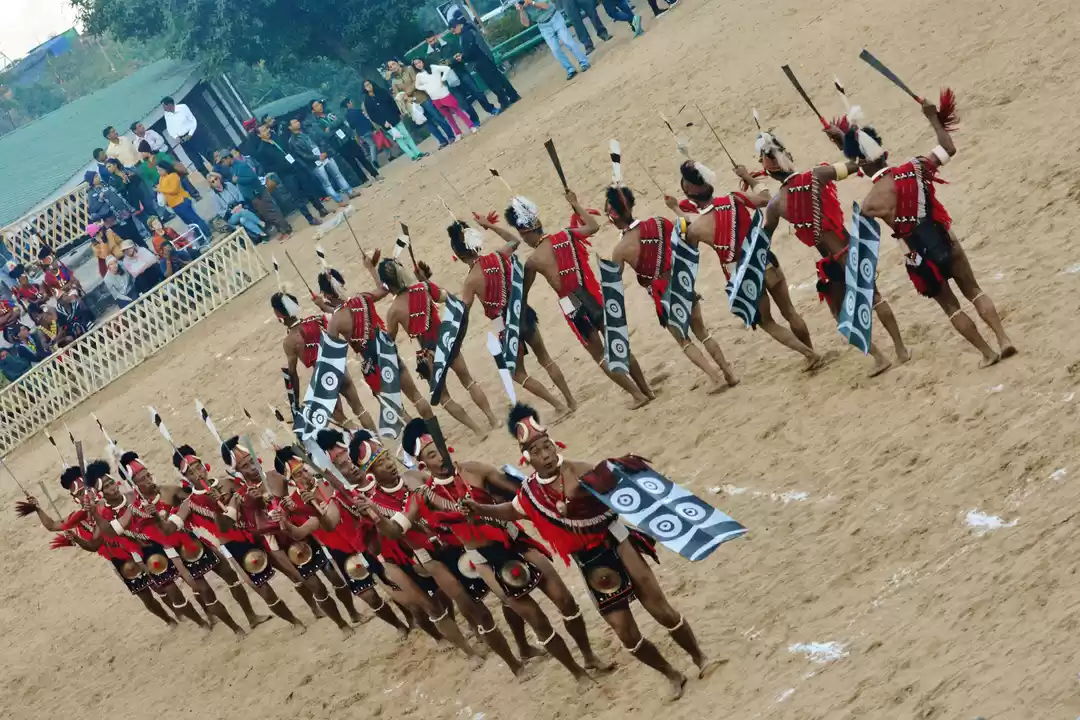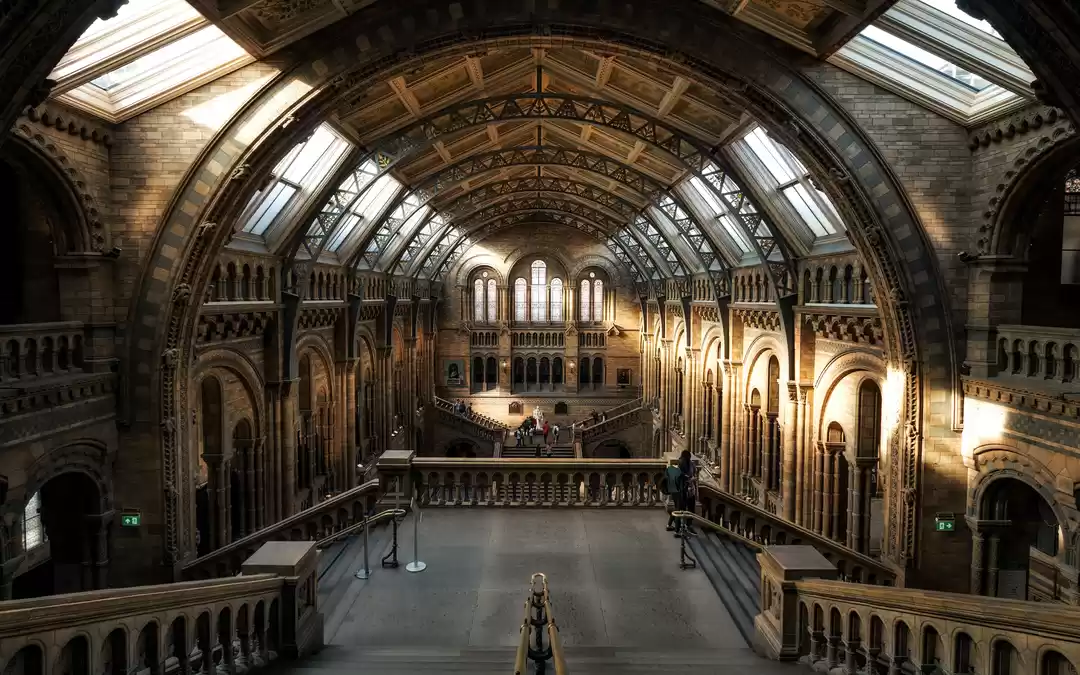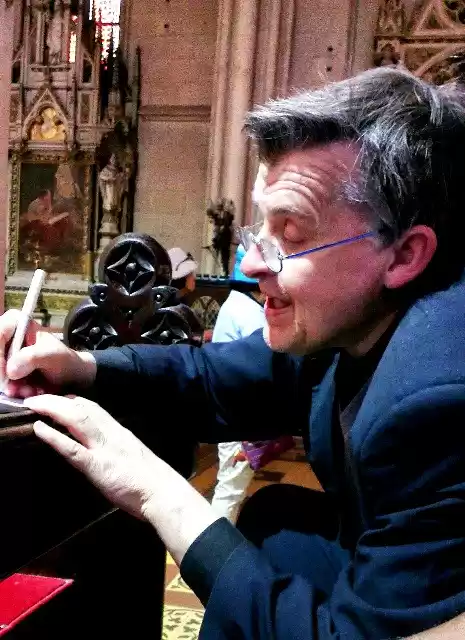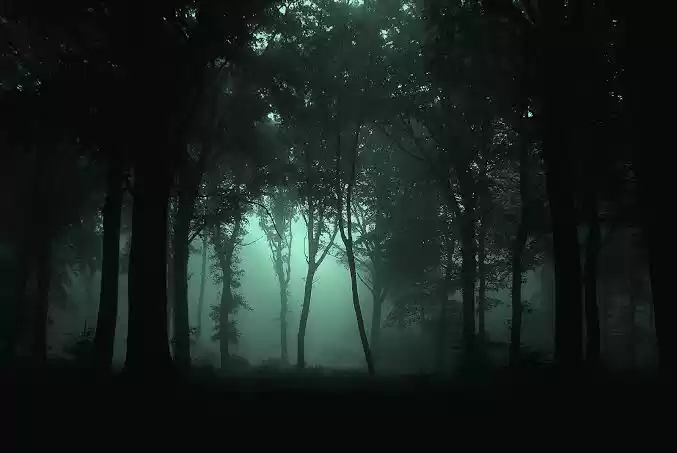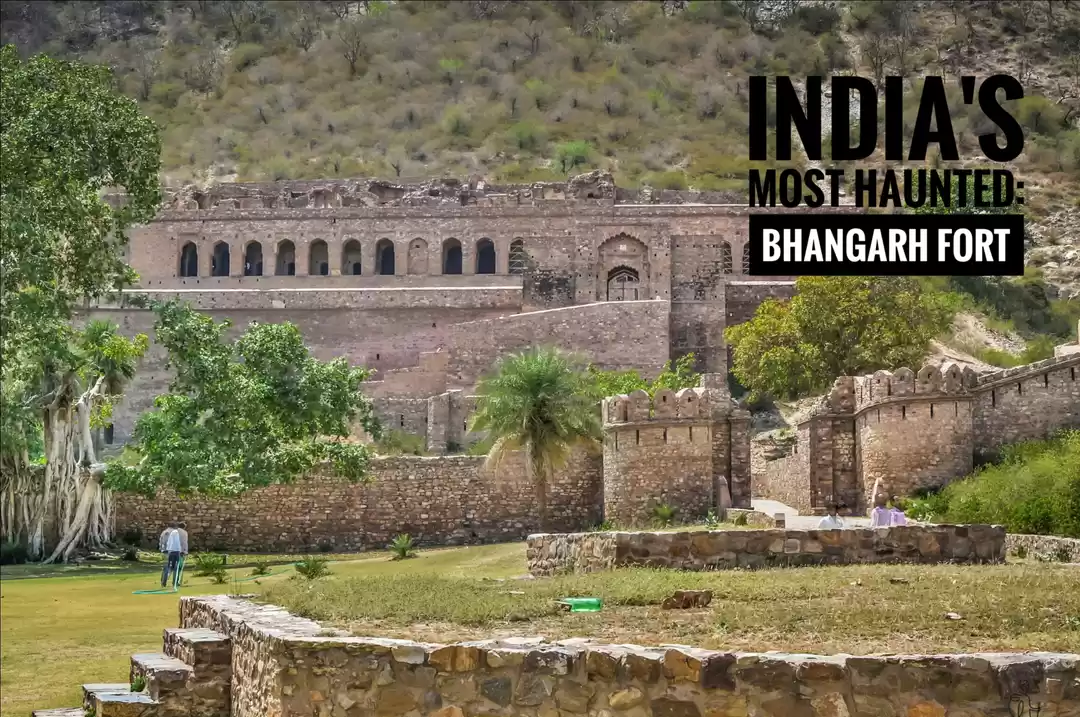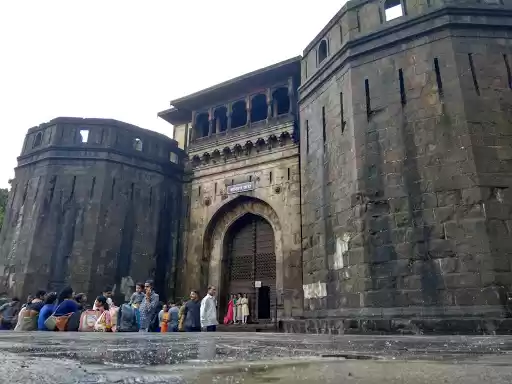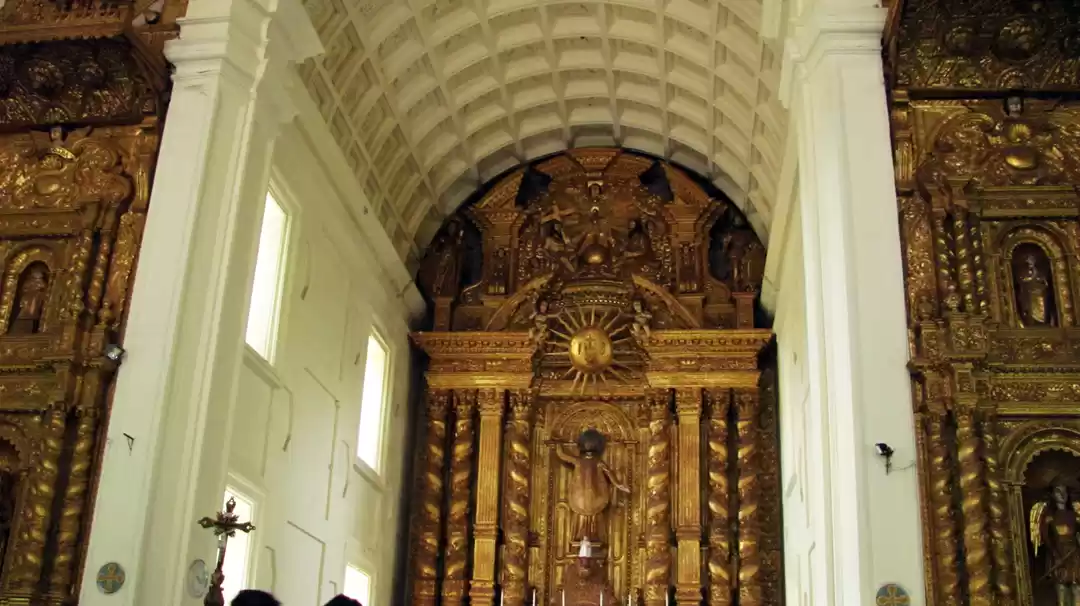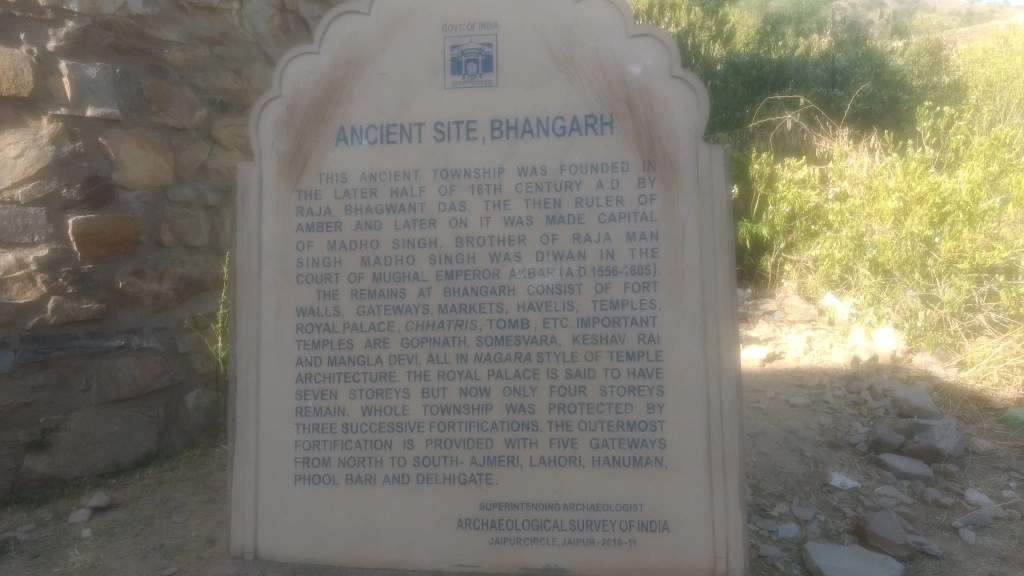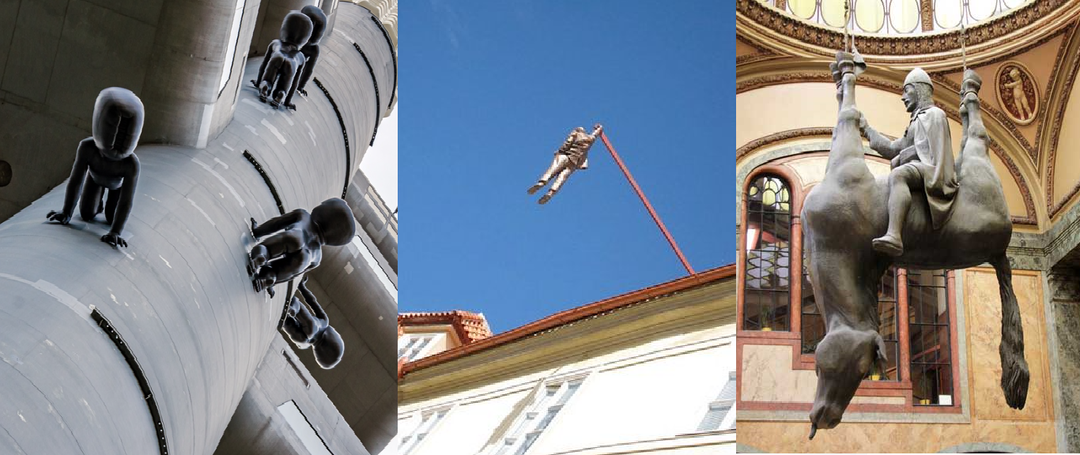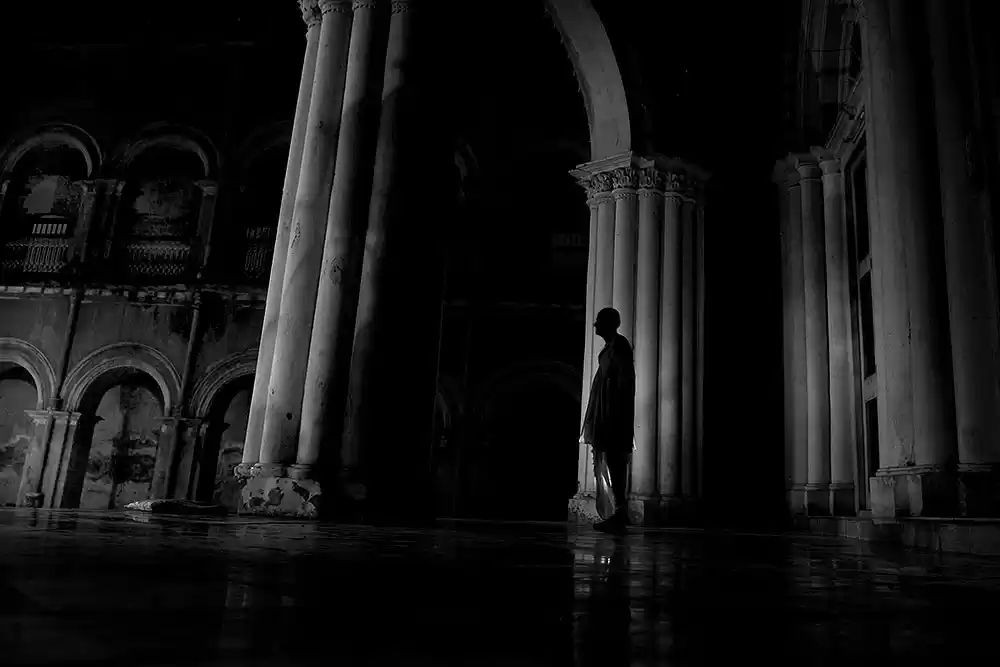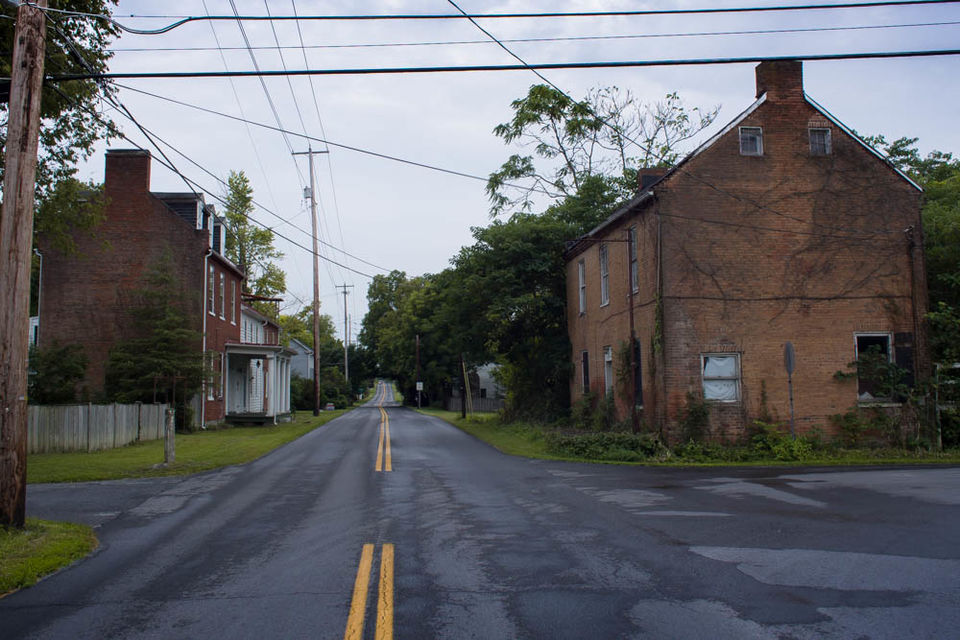
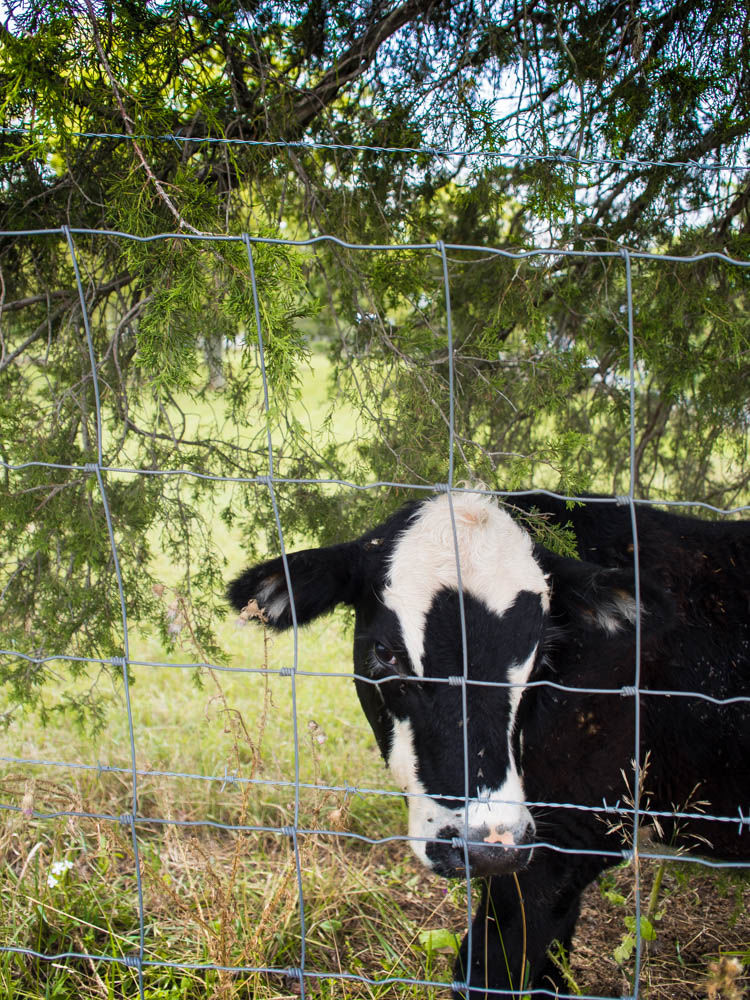
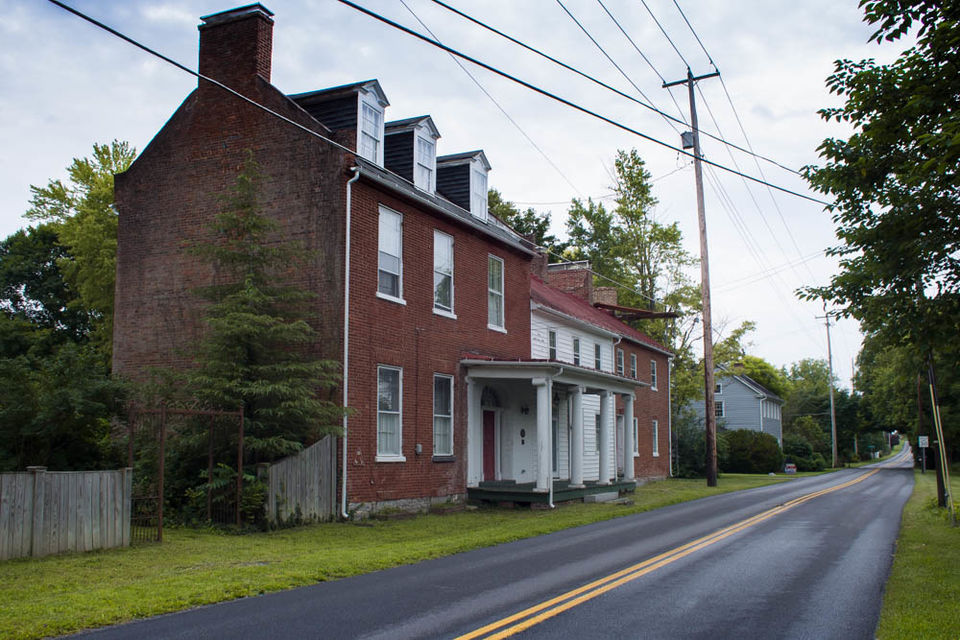
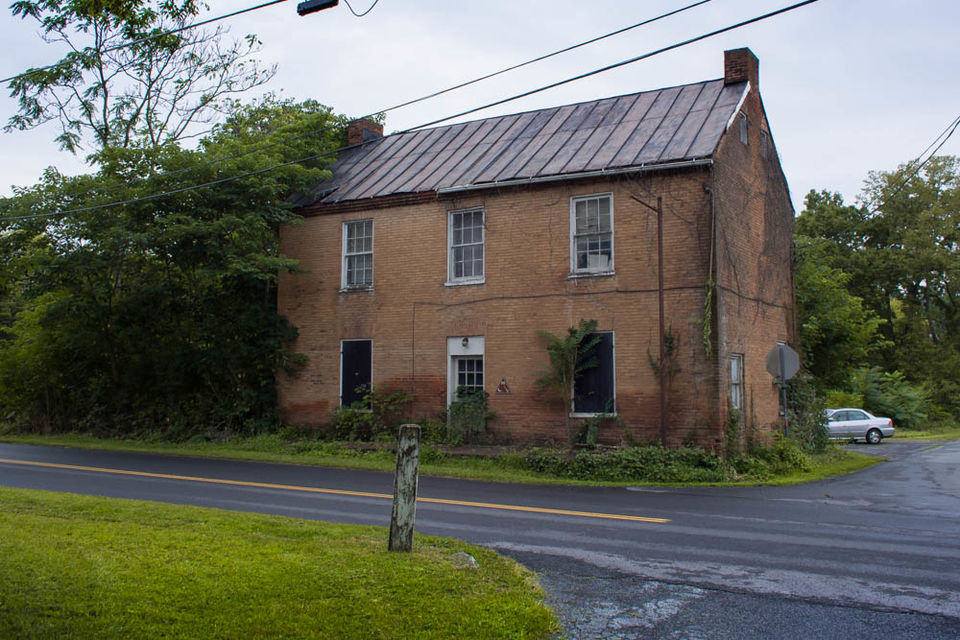
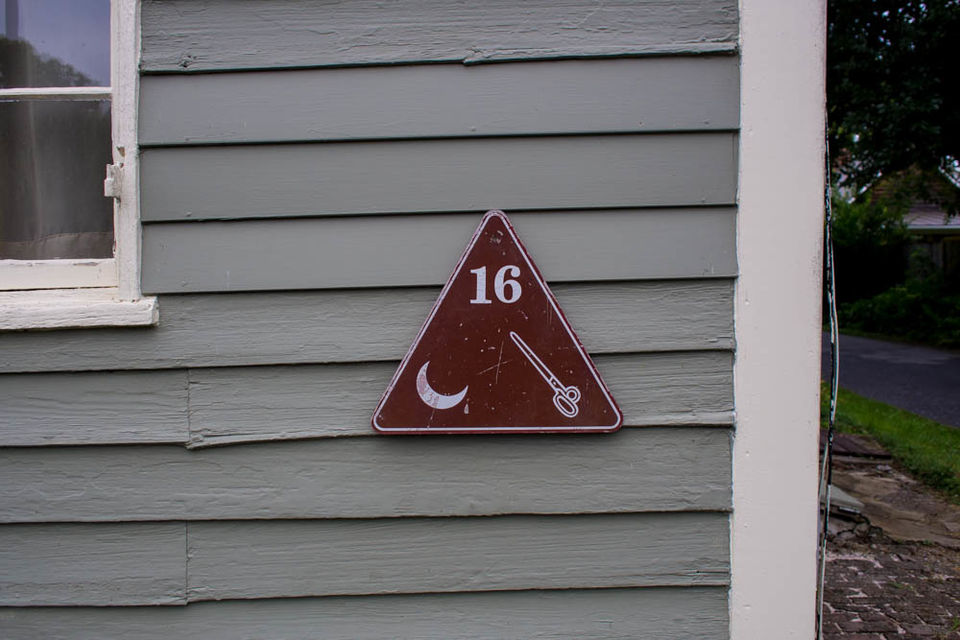
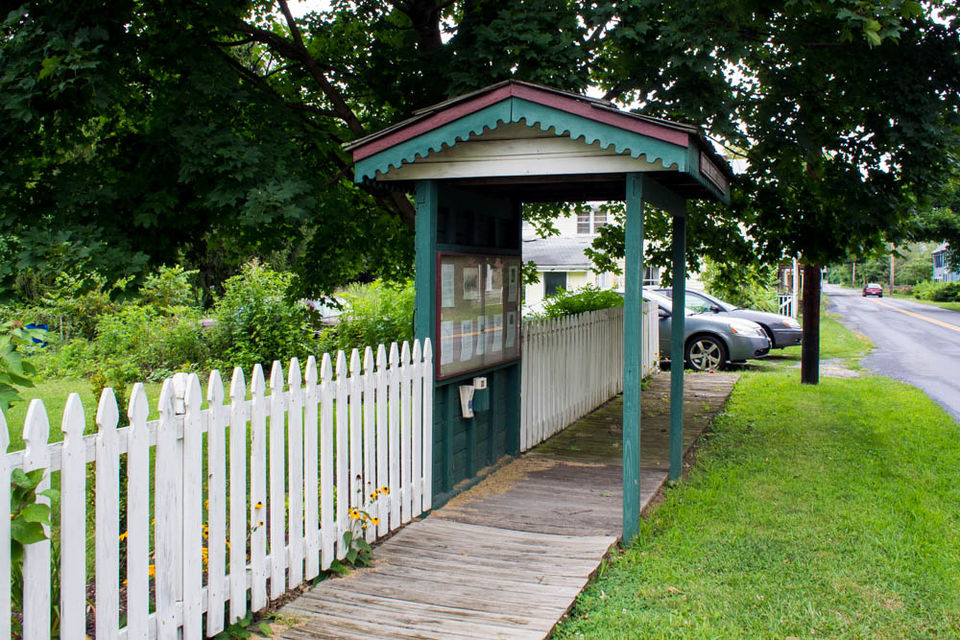
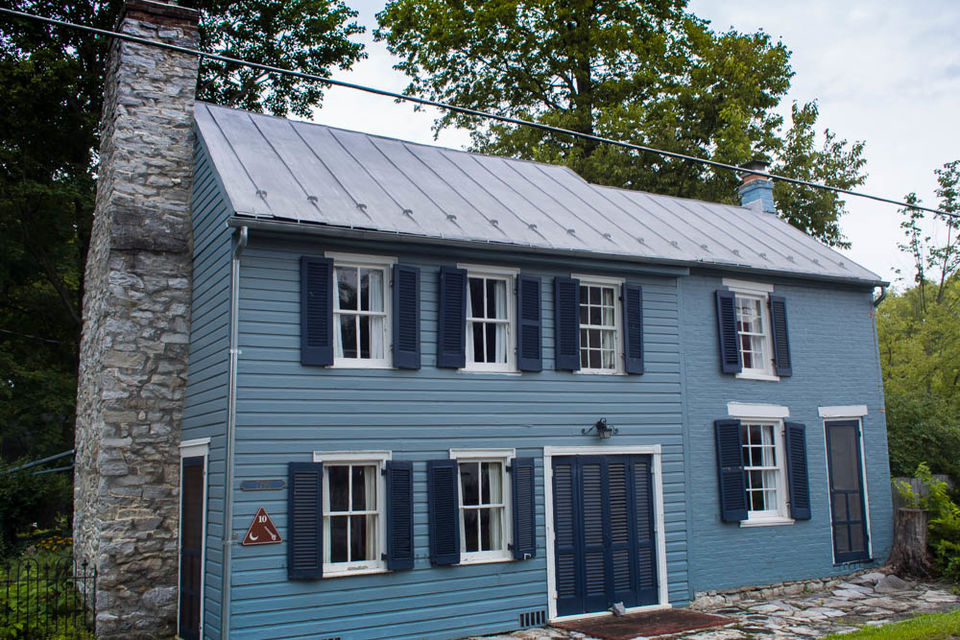
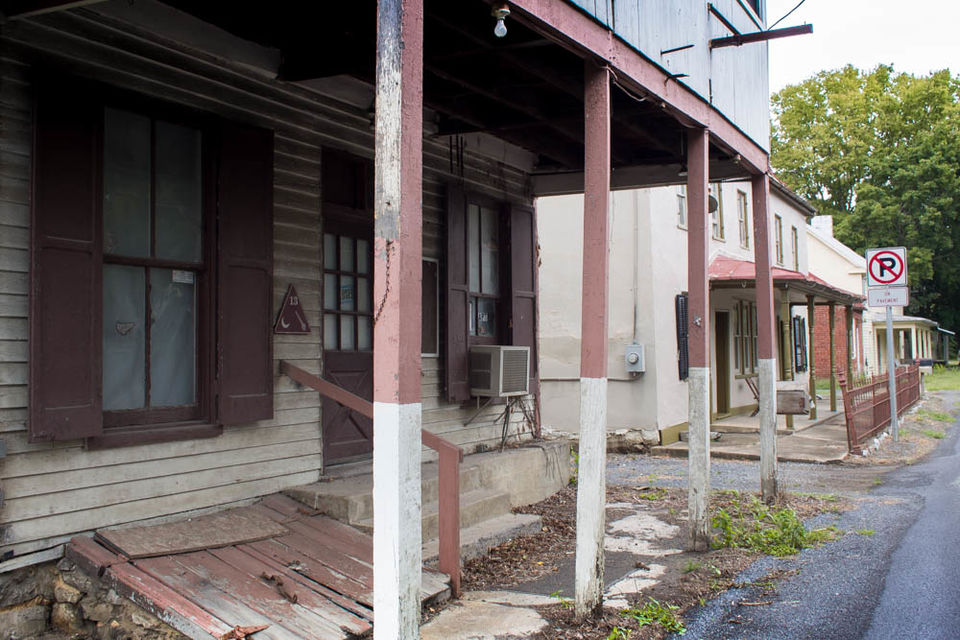
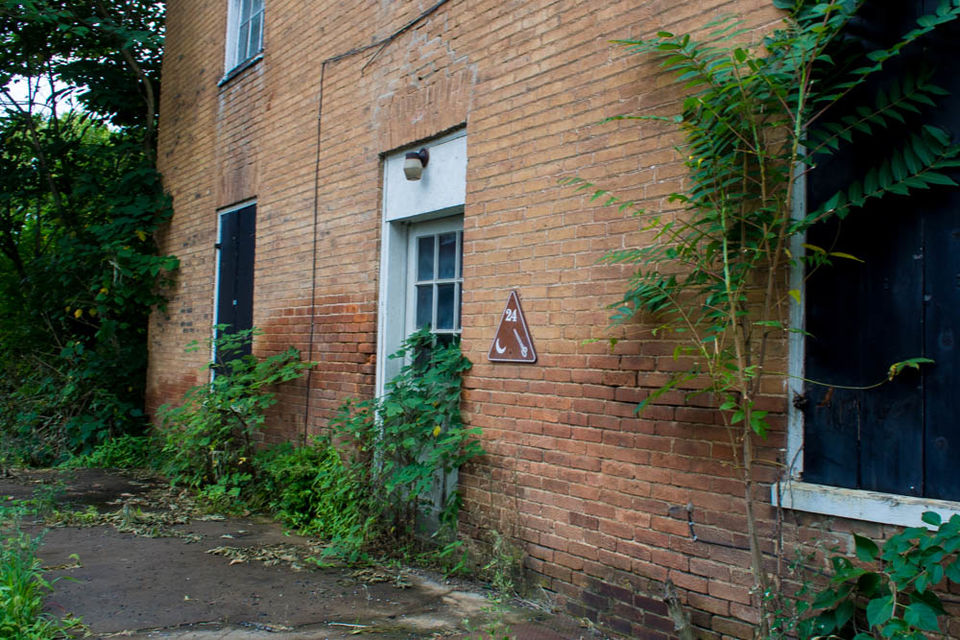
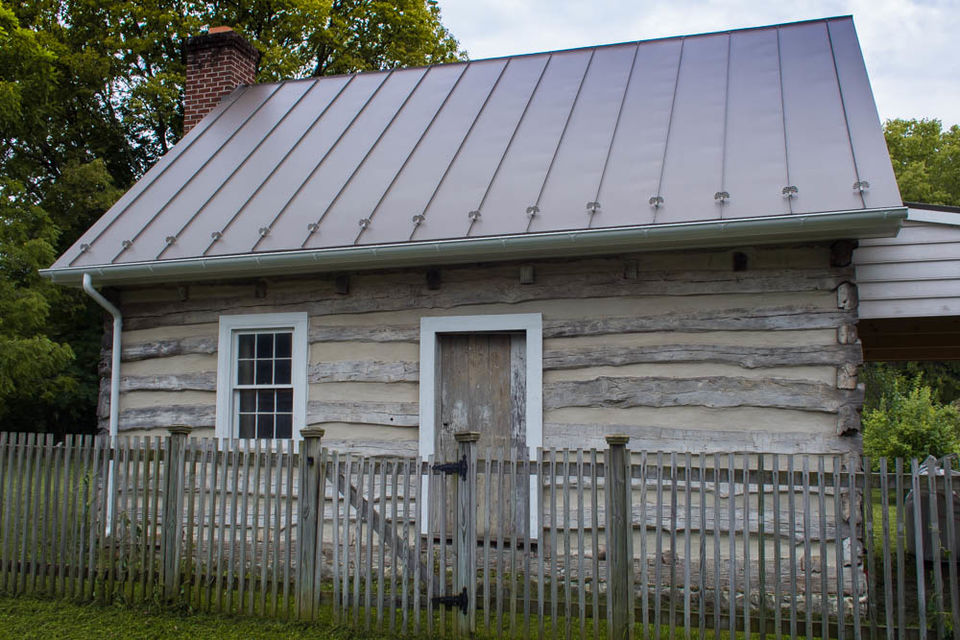
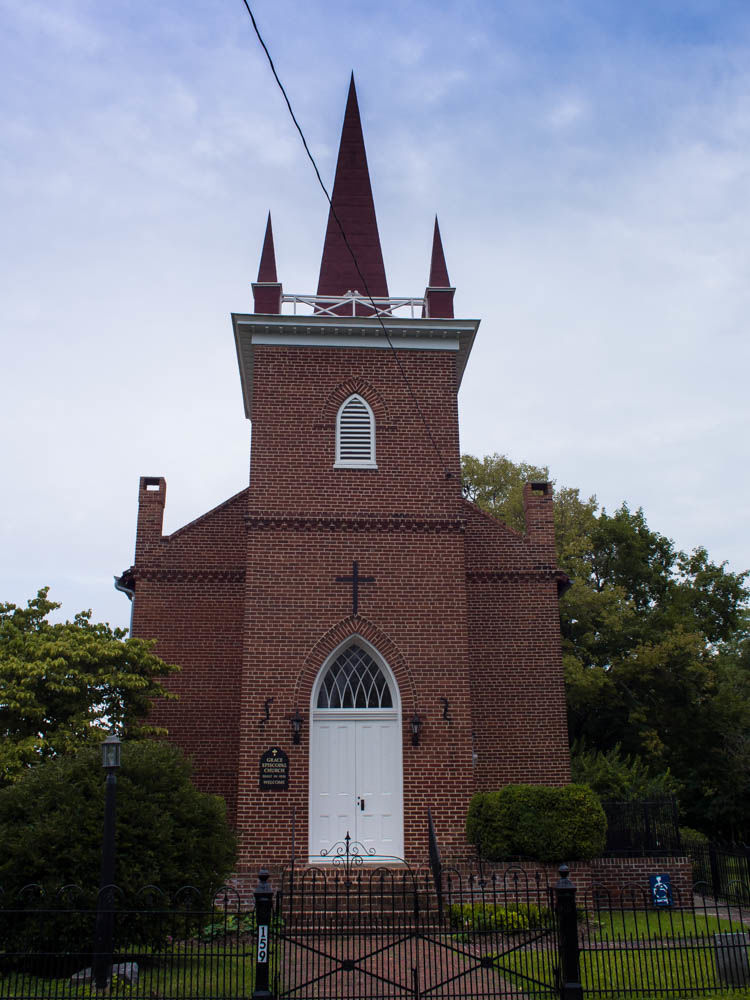
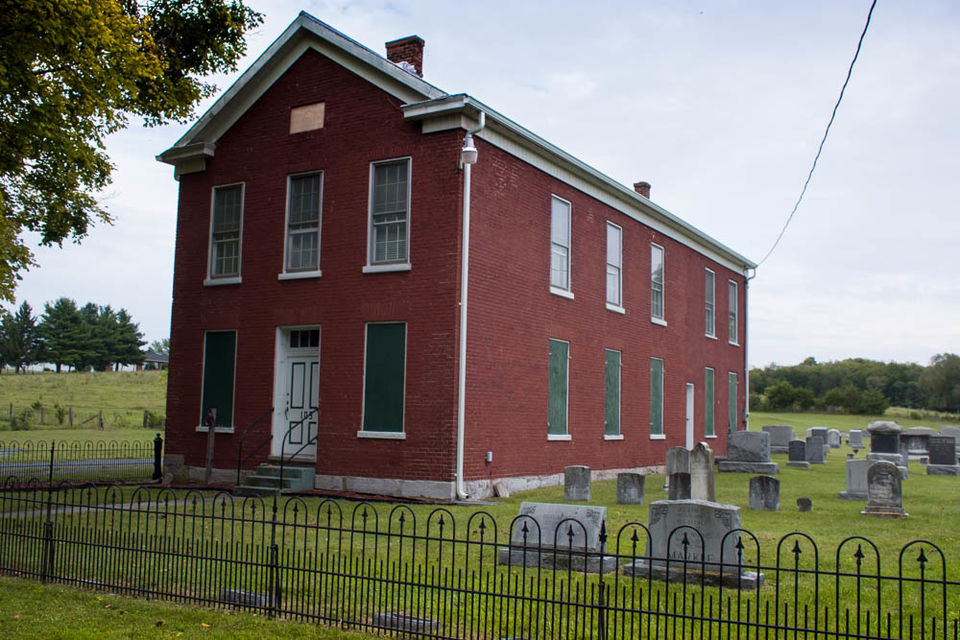
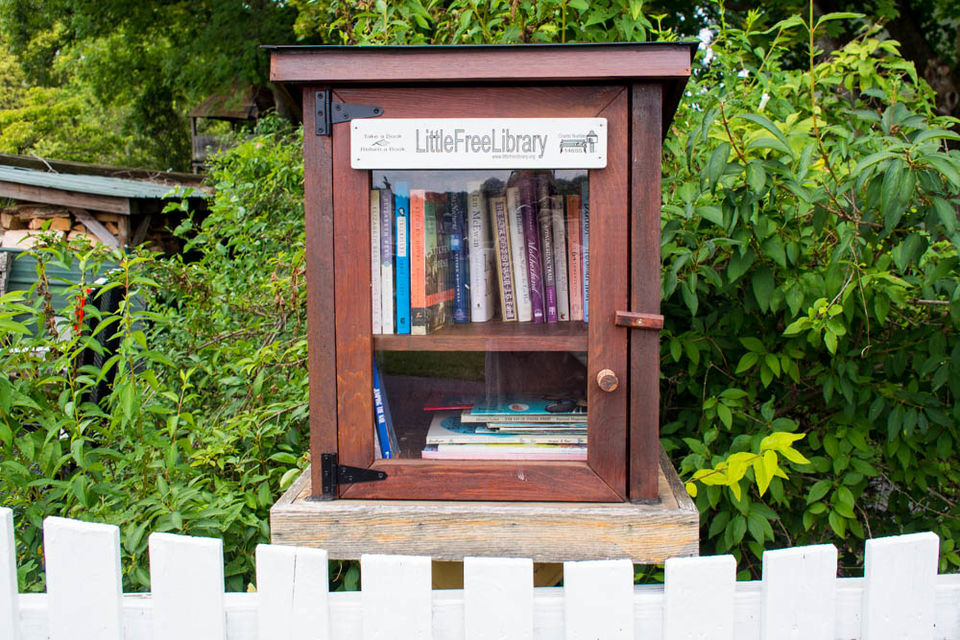
“Did you know this town is best known for being haunted?”
The Russky quickly drew his hand away from the sleepy cow he was attempting to pet, looking decidedly less pleased about the idyllic side street we’d just wandered down. Technically Middleway, a microscopic town in eastern West Virginia, hasn’t been haunted for over two centuries but who am I to ruin someone’s overactive imagination?
Finding travel inspiration and new places to visit isn’t the easiest when you’re back in the same place you spent your whole childhood so I’ve been known to get creative. In this case, I stumbled over Middleway during one of my frequent Google Maps/Wikipedia split-window research sessions and quickly decided a mid-week adventure was in order.
What makes Middleway (population 441) so enticing?
The first detail that grabbed my attention was (no surprise here) the collection of dilapidated buildings in historic Middleway. Officially established as a town in early 1786, several small mills had already been established in the area as early as 1736 and for ages before that it was the crossing of two Native American access trails. Although it’s difficult to imagine the village today as anything but quiet, the town was a prosperous regional trading center in the 1800s and the main street was filled with flourishing businesses.
The town began its slow decline in the 1830s when a new railway system bypassed the area completely. The area never truly recovered, leaving Middleway the eerily silent village it is today. Aside from a worker, a solitary man smoking a cigar while perched on a headstone in the cemetery, and several cars whizzing past on the way to somewhere else, we were alone.
THE TALE OF WIZARD CLIP
The second draw to the tiny town was the creepy history it promised. The story follows Adam Livingston, a Lutheran farmer who moved to the area in the 1770s, and is perhaps my favorite cautionary tale about the pitfalls of being over-zealously religious. Here’s the story outlined below by an early 20th century writer:
Livingston is reputed to have been an exemplary protestant, and a man of strong mental character; but had a few grains of prejudice towards the Romish Church; and none were surprised when he refused shelter to a stranger after discovering that he was a Catholic. No inducement by reason of sickness of the belated stranger, could remove the prejudice; and under protest he took him in only for the night. The sick stranger, being conscious of his extreme condition, requested the services of a priest. Livingston was horrified at the thought of his house being converted so suddenly into a confessional. So he informed the dying man that there was no Catholic priest to be had – none in his region; and besides, no priest could cross his threshold… amid such gloom, the unshriven soul of the stranger was launched into the great Beyond.
-Thomas Kemp Cartmell
After presumably disposing of the body he had lying around his house, Adam Livingston goes on with his life as normal – but not for long. The book continues:
Strange scenes are chronicles, as they appeared to some who were keeping watch over the bier. Flickering and disappearing lights, mysterious footsteps and mournful noises, awakened emotions that could not be suppressed, and the watchers had all their superstitions aroused. Each succeeding night brought new wonders – the steady tramp of horses around the house; the furniture displaced by unseen hands, warnings from strange voices, soon affected the stalwart Livingston; but he firmly held out in his denunciation of all evil spirits. When the strange visitors, however, introduced their clipping programme, the old Englishman weakened when he beheld the destruction to his clothing and bedding, all in ribbons, the tails of all his animals clipped, and nameless other woes.Other persons suffered similar losses, until driven to despair, he was apprised of a mode of relief, revealed to him in a dream. He must seek help from one who could stay the mysterious work of the spirits. He called on Father Cahill, a Catholic priest who was then at Shepherdstown.
-Thomas Kemp Cartmell
After appealing to the Catholic priest who hauled in some holy water and did some chanting, it seemed the unholy spirits were appeased. It was too late for Middleway’s reputation, though; the town would henceforth be known as the Wizard’s Clip. (For the full story and even more cool tales of the area, check out Shenandoah Valley Pioneers and Their Descendants, by Thomas Kemp Cartmell.)
With a story like that, who could stay away?
We arrived without much fanfare to the minuscule town laid out along Route 1. As we wandered down the middle of the road – only moving aside for the occasional passing car on its way further afield – I was immediately taken by the town. Both the Russky and I agreed that the place was fascinating in a really strange way… On one side of the road, what had once been a shop now sat abandoned and grimy, the sign in the door permanently flipped to ‘closed’; on the other side, a jovial man was painstakingly rebuilding the stone facade of a stately, well-kept building. How the wildly different aspects of Middleway continue to coexist is a big mystery.
Start at the very center of town at the small wooden covering that looks like a bus stop. There you can pick up the walking tour guide and start your adventure. While King Street was probably the original main street of the town, today Queen Street is the main drag and has been for centuries. I’d suggest walking down Queen Street, making the small loop around East Street (make sure to pet the cows), and then finishing by seeing the line of log cabins on King Street. On a nice day, the walk would probably take about 30 minutes to an hour – depending on how snap happy you may be.
We also saw Queen Street and East Street and we came upon this free book hanging on someone’s fence just across the street from the Masonic Lodge. I loved it not only for the fact there are free books for the taking, but for the fact it was a clear sign of community. No matter where you go, there’s always someone trying to make it just a little bit brighter.
And that’s a pretty great thing.
This trip was originally published on A Girl & Her Travels.












